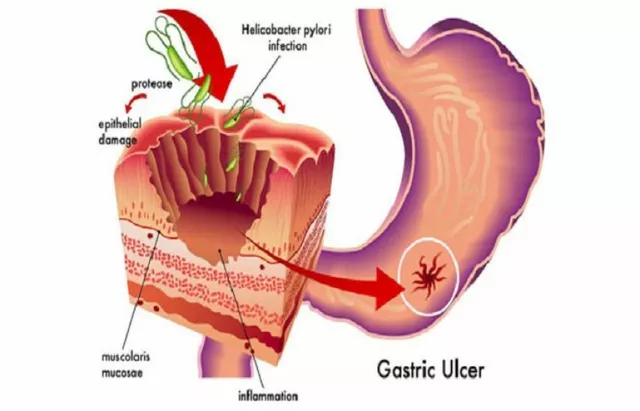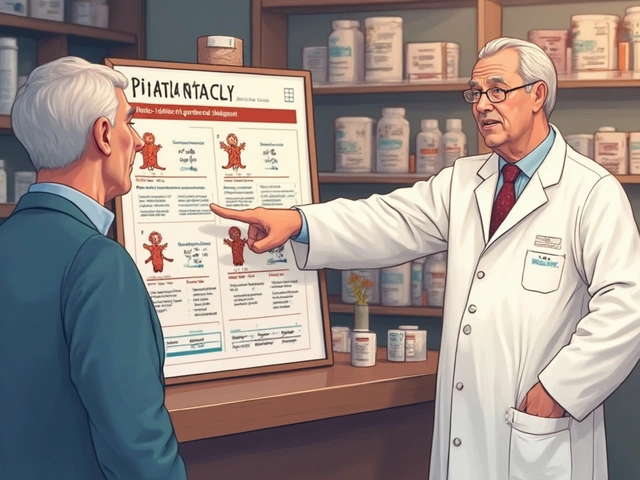Swallowing difficulties (dysphagia): what to do right now
Have you suddenly started coughing when you eat, or noticed food going "the wrong way"? Swallowing difficulties — called dysphagia — are common and fixable in many cases. You can use simple steps today to eat more safely, and know which signs mean you need urgent care.
What causes swallowing problems
Swallowing is a complex reflex. Problems come from nerve or muscle issues (stroke, Parkinson’s, dementia), blockages or scarring in the throat or esophagus (tonsil cancer, reflux strictures), infections, or even dry mouth from medicines. Sometimes anxiety or a bad throat infection makes swallowing feel hard, even though nothing is blocked.
Some meds make saliva dry or slow swallowing — antihistamines, some antidepressants, and blood pressure drugs are common culprits. If tablets are hard to swallow, check with your pharmacist about liquid or dispersible forms; never crush a pill without advice.
When to get medical help
Call emergency services if someone can’t breathe, can’t cough, has turning blue lips, or becomes very drowsy while choking. Book urgent doctor or ENT review if you have unexplained weight loss, recurrent chest infections, food sticking in the throat, or persistent pain when swallowing. Ask your doctor for a swallowing assessment or referral to a speech-language therapist — they can do tests like a bedside swallow check or a video swallow study.
If you’ve had a stroke or progressive neurological disease and start coughing on liquids, arrange assessment quickly. Recurrent pneumonia in someone who eats normally is a red flag for silent aspiration (food or fluid going into the lungs without obvious coughing).
Practical eating tips that help right away:
- Sit upright for at least 30 minutes after a meal. Good posture helps food move down the right path.
- Take small bites, chew thoroughly, and swallow before taking a drink.
- Avoid thin liquids if you cough on them — use commercial thickeners or try nectarlike textures first after professional advice.
- Choose moist or soft foods: yogurt, mashed potatoes, scrambled eggs, stewed fruit, and soups (not too hot).
- Try the chin-tuck (tuck your chin to your chest while swallowing) only after a therapist shows you; it helps some people but not others.
- Good oral hygiene lowers lung infection risk. Clean teeth and dentures, and sip water often to reduce dry mouth.
Work with your pharmacist and speech therapist. They can change medication forms, teach safe swallowing techniques, and suggest the right food textures. Small changes — different food textures, a few positioning tricks, or a simple pill swap — often make eating safer and less stressful.
If swallowing problems feel new or keep getting worse, don’t wait. Early checks find treatable causes and keep you eating well and staying healthier.
13
Atenolol and Swallowing Difficulties: Is It a Side Effect?
I recently came across some information regarding Atenolol, a commonly prescribed medication for high blood pressure, and its potential link to swallowing difficulties. It got me thinking, could this be a side effect that many are unaware of? After doing some research, it seems that swallowing difficulties are not listed as a common side effect of Atenolol, but some cases have been reported. It's important to monitor any changes in your health while taking medication and communicate with your healthcare provider. If you or someone you know is experiencing swallowing difficulties while on Atenolol, it may be worth discussing with a medical professional.
Latest Posts
Popular Posts
-
 Small Intestinal Bacterial Overgrowth: Breath Tests and Treatment Explained
Small Intestinal Bacterial Overgrowth: Breath Tests and Treatment Explained
-
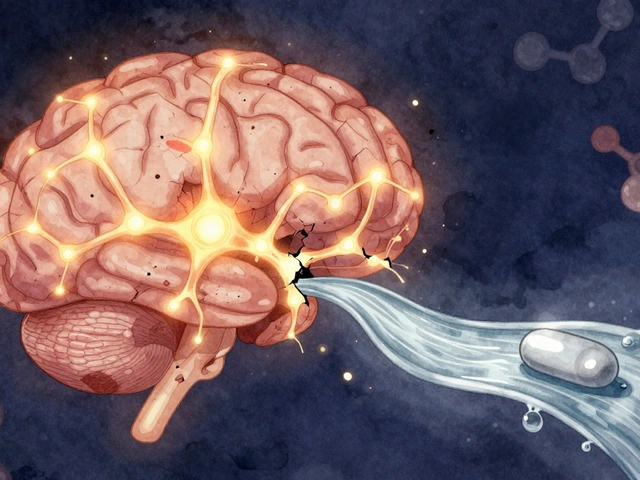 Amyotrophic Lateral Sclerosis: How Riluzole Slows Neurodegeneration and Extends Life
Amyotrophic Lateral Sclerosis: How Riluzole Slows Neurodegeneration and Extends Life
-
 Generational Differences: How Age Shapes Attitudes Toward Generic Medications
Generational Differences: How Age Shapes Attitudes Toward Generic Medications
-
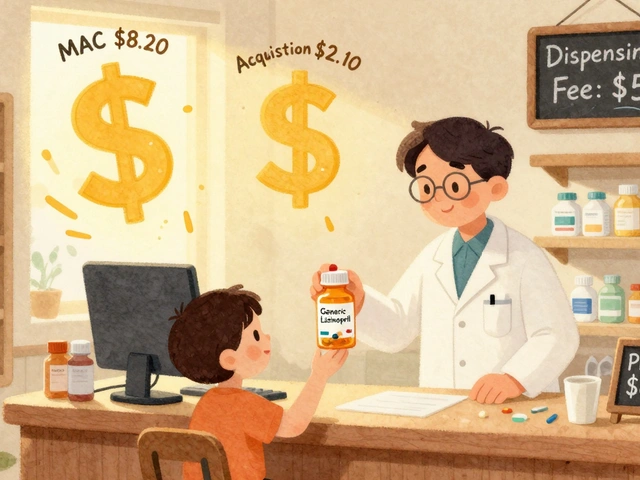 Pharmacy Reimbursement: How Generic Substitution Impacts Pharmacies and Patients Financially
Pharmacy Reimbursement: How Generic Substitution Impacts Pharmacies and Patients Financially
-
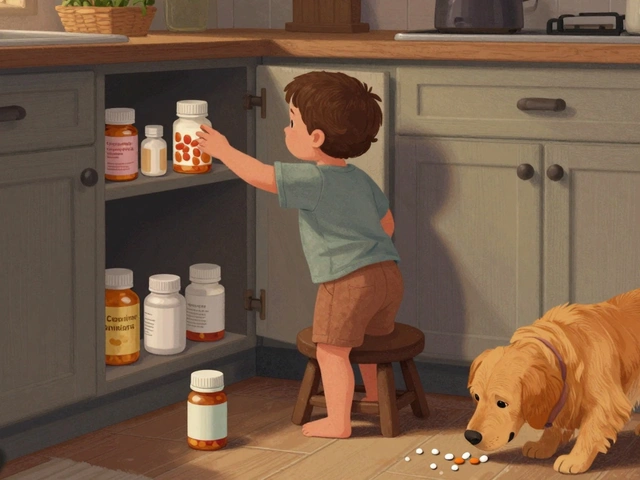 How to Keep Medications Safe from Children and Pets at Home
How to Keep Medications Safe from Children and Pets at Home

